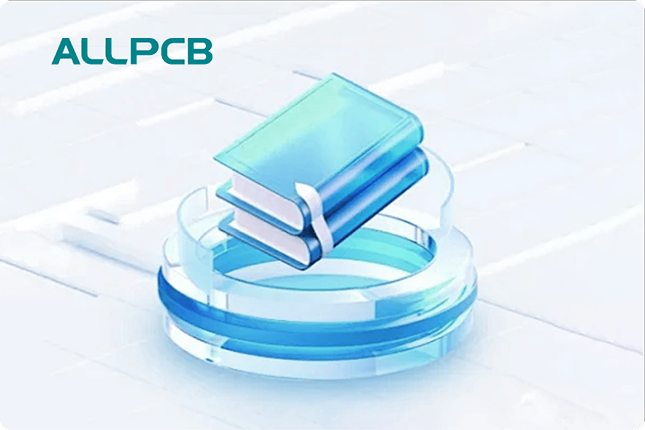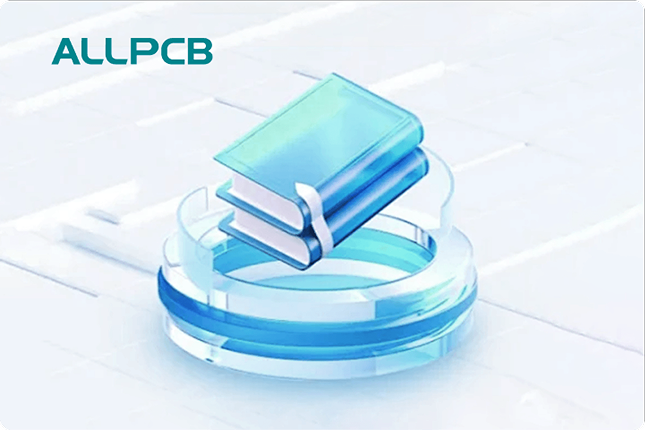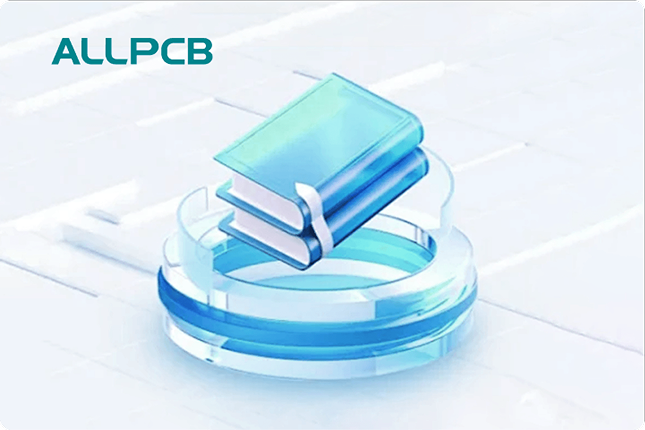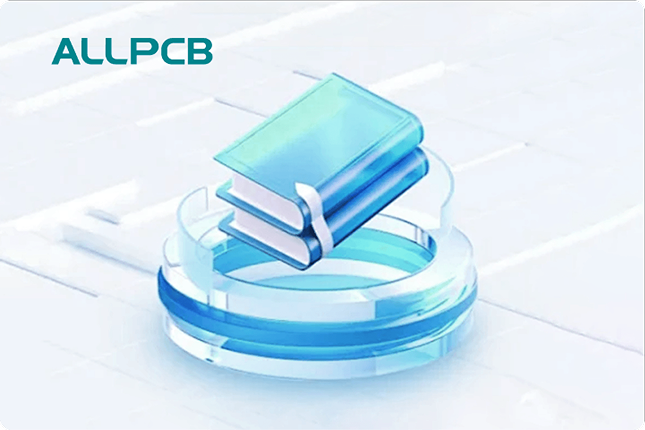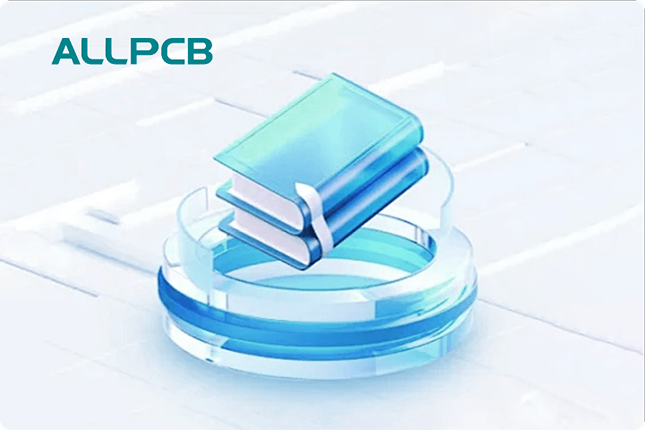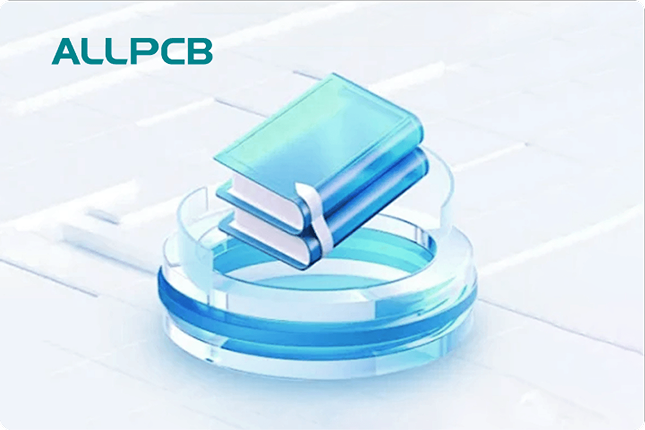Printed Circuit Boards (PCBs) are the backbone of modern electronics, powering everything from smartphones to aerospace systems. However, as devices become more compact and powerful, they often face extreme conditions—high temperatures, thermal cycling, and harsh environments—that can compromise performance or lead to failure. This is where High-Tg (glass transition temperature) materials step in. Designed to withstand elevated temperatures and mechanical stress, High-Tg materials are revolutionizing PCB design for applications that demand reliability under pressure.
In this blog, we'll explore what High-Tg materials are, why they matter, and how they enhance PCB performance in extreme conditions. Whether you're an engineer designing for automotive, aerospace, or industrial applications, understanding these materials can help you build more durable and efficient circuits. Let's dive into the science and practical benefits behind High-Tg PCBs.
What Are High-Tg Materials?
High-Tg materials refer to PCB substrates with a glass transition temperature (Tg) above 150°C, typically ranging from 170°C to 250°C or higher. The Tg is the point at which a material transitions from a rigid, glassy state to a softer, rubbery one. For standard FR-4—the most common PCB material—the Tg is around 130°C to 140°C. While this works for many general-purpose applications, it falls short in environments where temperatures exceed 130°C, such as during lead-free soldering or in high-power electronics.
High-Tg materials, often enhanced versions of FR4 or specialized polymers like polyimide, offer superior thermal stability. They maintain structural integrity and electrical performance even when subjected to heat that would deform or degrade standard materials. For example, a High-Tg FR-4 variant like IS410 has a Tg of 180°C, while polyimide can reach 250°C or more, making them ideal for extreme conditions.
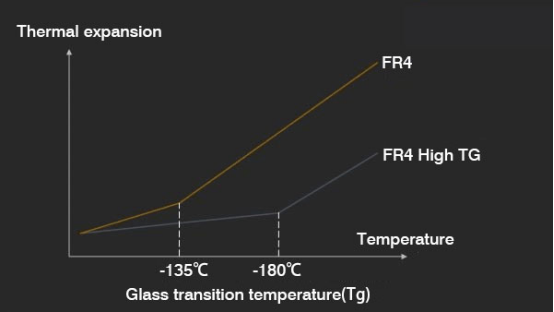
Why High-Tg Materials Matter in Extreme Conditions
Extreme conditions—whether from high operating temperatures, thermal cycling, or environmental factors—pose significant challenges to PCBs. Conductors and dielectrics can expand at different rates, leading to mechanical stress, cracking, or delamination. At temperatures above the Tg, standard materials lose rigidity, which can warp the board or disrupt signal integrity. High-Tg materials address these issues by offering:
1. Improved Thermal Resistance: They withstand higher continuous operating temperatures—up to 25°C below their Tg—without losing mechanical strength. For instance, a PCB with a Tg of 170°C can reliably operate at 145°C.
2. Enhanced Durability: High-Tg materials resist degradation during thermal cycling, a common issue in automotive or aerospace applications where temperatures fluctuate rapidly.
3. Better Electrical Performance: By maintaining stability, they reduce signal loss and impedance variations, critical for high-frequency or high-speed designs.
Consider an engine control unit (ECU) in a car, where temperatures can reach 150°C near the engine. A standard FR-4 board might soften or fail, while a High-Tg material like Shengyi S1000-2 (Tg 170°C) keeps the PCB functional and reliable.
Key Properties of High-Tg Materials
To understand why High-Tg materials excel, let's break down their critical properties:
1. Glass Transition Temperature (Tg)
The Tg is the defining feature. Materials like ITEQ IT-180A (Tg 180°C) or Arlon 85N (Tg 250°C) far exceed standard FR-4, ensuring the PCB remains rigid under heat. For comparison, exceeding the Tg of a standard FR-4 board by just 10°C can increase its coefficient of thermal expansion (CTE) by 300%, risking via failures.
2. Coefficient of Thermal Expansion (CTE)
High-Tg materials have a lower CTE, meaning they expand less when heated. For example, a typical High-Tg FR-4 has a CTE of 50-60 ppm/°C along the z-axis, compared to 70 ppm/°C for standard FR-4. This reduces stress on vias and solder joints during thermal cycling.
3. Thermal Conductivity
While not as high as ceramics (e.g., alumina at 20-30 W/m·K), High-Tg materials like IS420 (0.4 W/m·K) improve heat dissipation compared to standard FR-4 (0.3 W/m·K). This helps manage heat in dense, power-heavy designs.
4. Dielectric Constant (Dk) and Dissipation Factor (Df)
High-Tg materials maintain stable Dk and Df values at elevated temperatures, ensuring consistent signal performance. For instance, Rogers 4350B, often used in high-frequency applications, has a Dk of 3.48 and Df of 0.0037, compared to standard FR-4's Dk of 4.2 and Df of 0.02.

Applications of High-Tg PCBs in Extreme Conditions
High-Tg materials shine in industries where reliability under stress is non-negotiable. Here are some key examples:
1. Automotive Electronics
Modern vehicles, especially electric vehicles (EVs), rely on PCBs for battery management systems (BMS) and advanced driver-assistance systems (ADAS). Operating temperatures near engines or batteries can hit 150°C. High-Tg materials like IS410 ensure these boards endure heat and vibration without cracking.
2. Aerospace and Defense
Jet engines and radar systems operate in environments ranging from -45°C to 85°C, with rapid thermal shifts. Polyimide-based High-Tg PCBs (Tg > 250°C) withstand these extremes, maintaining signal integrity for RF and microwave applications.
3. Industrial Equipment
Heavy machinery often generates heat exceeding 130°C. High-Tg PCBs in motor controllers or power supplies resist thermal degradation, reducing downtime and maintenance costs.
4. High-Power Electronics
Devices like LED lighting or server power supplies generate significant heat due to high current densities. A High-Tg material with a Tg of 180°C can handle continuous thermal loads of 155°C, preventing dielectric breakdown.
For instance, in a 5G base station, where signal speeds exceed 10 GHz, a High-Tg material ensures impedance remains stable (e.g., 50 ohms ± 10%) despite heat from power amplifiers.
Comparing High-Tg Materials: FR-4 Variants vs. Polyimide
Not all High-Tg materials are the same. Here's a breakdown of two common options:
High-Tg FR-4 Variants
- Examples: Shengyi S1000-2 (Tg 170°C), IS410 (Tg 180°C)
- Pros: Cost-effective, compatible with standard manufacturing, improved thermal stability over standard FR-4.
- Cons: Limited to Tg values below 200°C, less flexible than polyimide.
- Best For: Multilayer PCBs in automotive or industrial settings.
Polyimide
- Examples: Arlon 85N (Tg 250°C), DuPont Kapton-based laminates
- Pros: Exceptional heat resistance, flexibility for rigid-flex designs, high mechanical strength.
- Cons: Higher cost, requires specialized processing.
- Best For: Aerospace, military, and flexible circuits in extreme environments.
In testing, a High-Tg FR-4 board stored at 190°C in air showed swelling after two weeks, while a polyimide board exhibited only 1% weight loss after 1,000 hours, highlighting polyimide's superior resilience.
Design Considerations for High-Tg PCBs
Using High-Tg materials requires thoughtful design to maximize their benefits. Here are key tips:
1. Operating Temperature Margin: Aim for a continuous thermal load 25°C below the Tg. For a Tg of 180°C, keep operating temperatures below 155°C to avoid performance risks.
2. Via Reliability: Use a lower CTE material to minimize z-axis expansion. For example, a CTE of 50 ppm/°C reduces via failure rates by 20% compared to 70 ppm/°C.
3. Solder Mask Compatibility: Standard solder mask (Tg ~150°C) may brown or crack at high temperatures. Opt for a high-temperature coating or skip the mask entirely.
4. Layer Stackup: In multilayer designs, pair High-Tg cores with prepregs of matching Tg to prevent delamination during thermal cycling.
For high-frequency designs, combine High-Tg properties with low-Dk materials (e.g., Rogers 4003C, Dk 3.38) to balance thermal and signal performance.
Challenges and Trade-Offs
While High-Tg materials offer clear advantages, they come with trade-offs:
- Cost: Polyimide can be 5-10 times more expensive than standard FR-4, though High-Tg FR-4 variants are more affordable.
- Processing: Higher Tg materials may require adjusted drilling parameters due to added fillers, increasing fabrication complexity.
- Moisture Absorption: Polyimide absorbs up to 20 times more moisture than FR-4, necessitating pre-baking before assembly.
Despite these challenges, the reliability gains often outweigh the drawbacks in critical applications.
How ALLPCB Supports High-Tg PCB Projects
For engineers tackling extreme conditions, partnering with a reliable PCB manufacturer is key. ALLPCB offers quick-turn prototyping and advanced manufacturing capabilities tailored to High-Tg designs. With expertise in handling specialized materials and precise process control, we help you bring durable, high-performance PCBs to life efficiently and cost-effectively.
Conclusion: Building for the Extreme
High-Tg materials are a game-changer for PCBs in extreme conditions. By offering superior thermal resistance, lower CTE, and stable electrical properties, they enable engineers to push the boundaries of design without sacrificing reliability. From automotive ECUs to aerospace radar, these materials ensure your circuits perform when it matters most.
As electronics continue to evolve, the demand for High-Tg PCBs will only grow. By understanding their properties and applications, you can make informed choices that enhance performance and durability. Ready to design your next high-performance PCB? Explore High-Tg options and see how they can elevate your project.
 ALLPCB
ALLPCB


